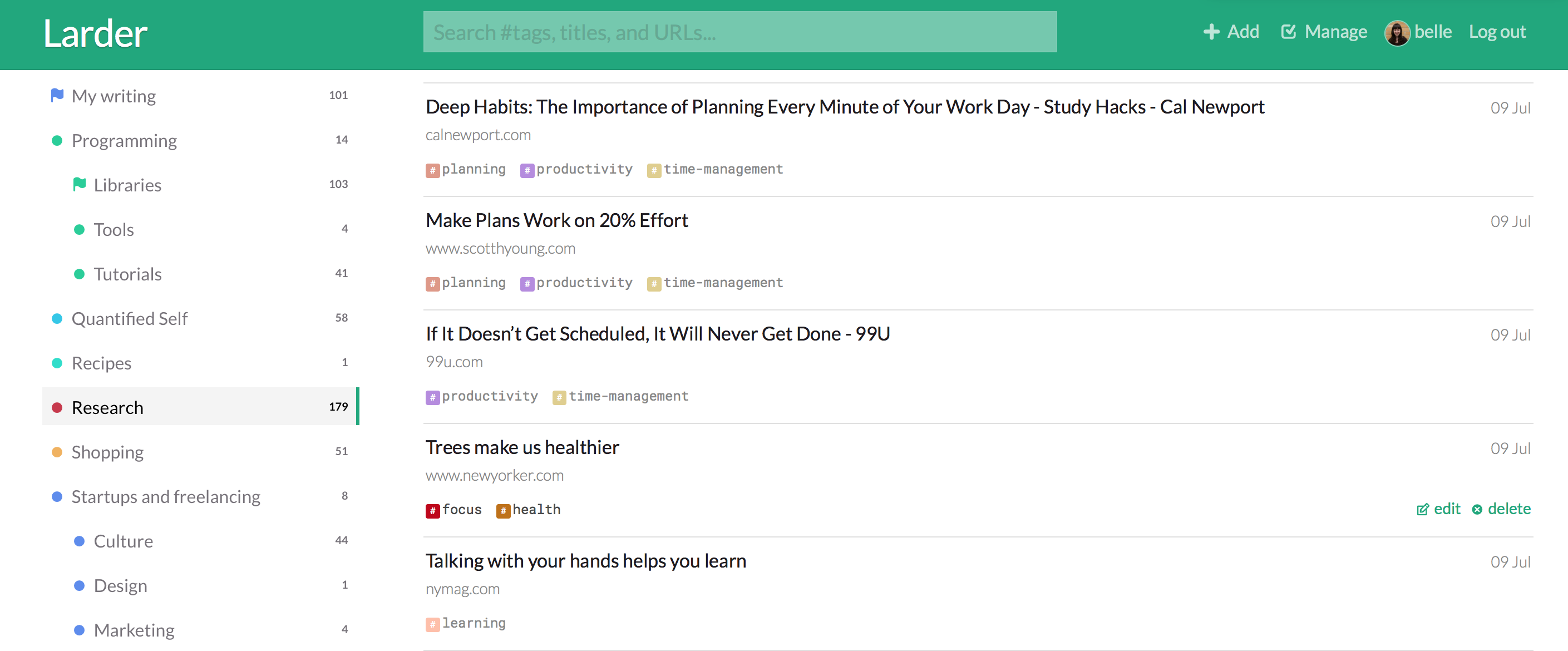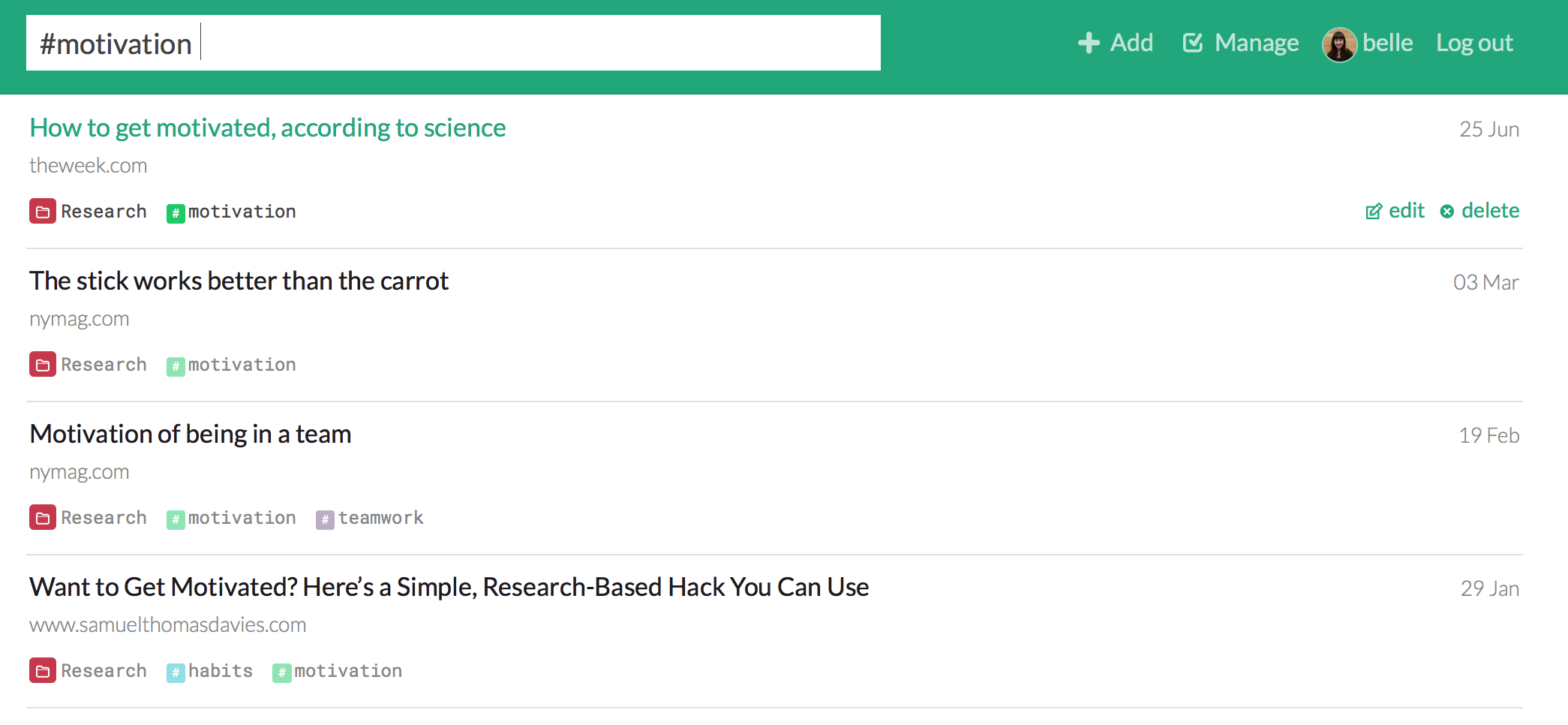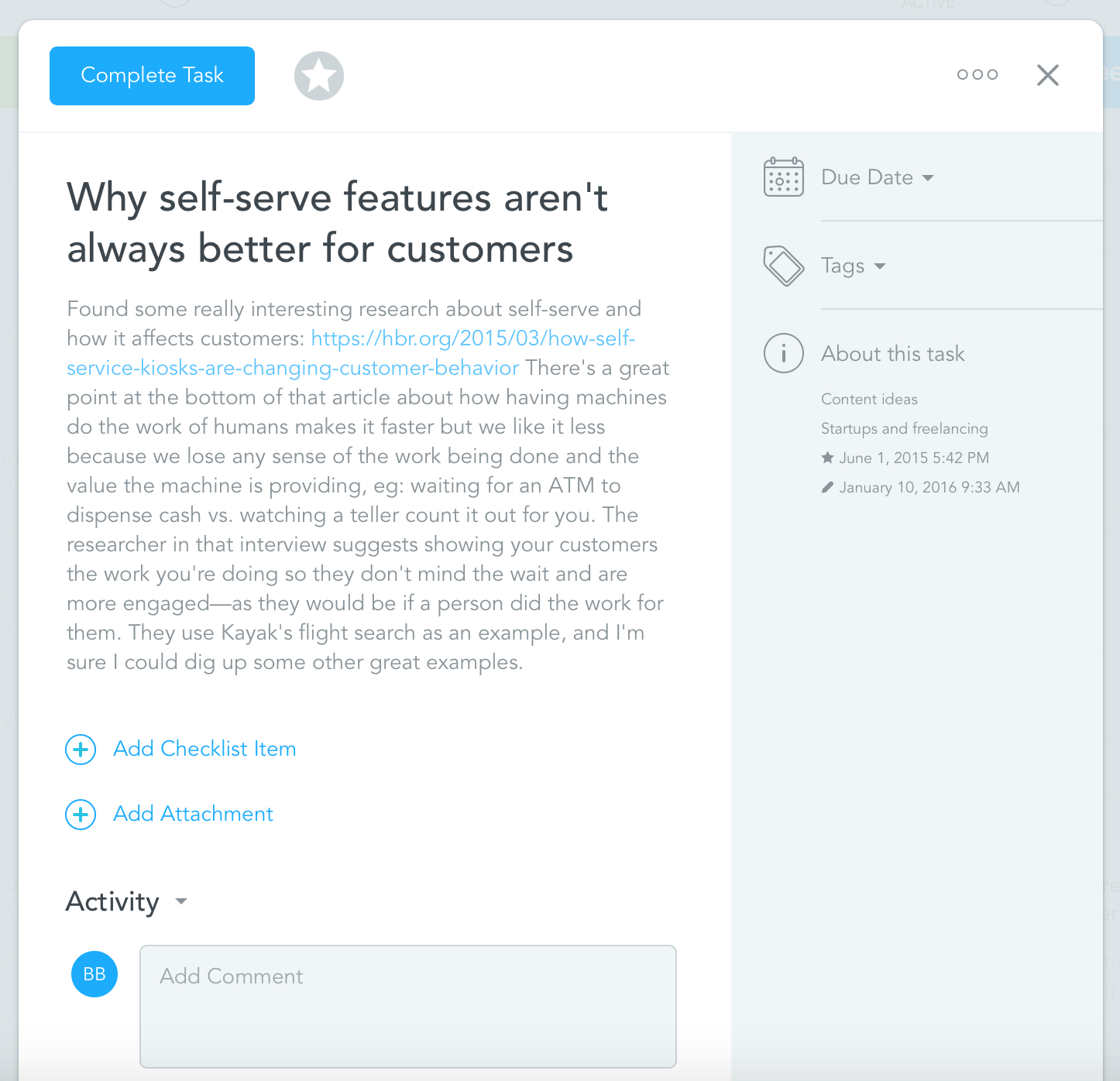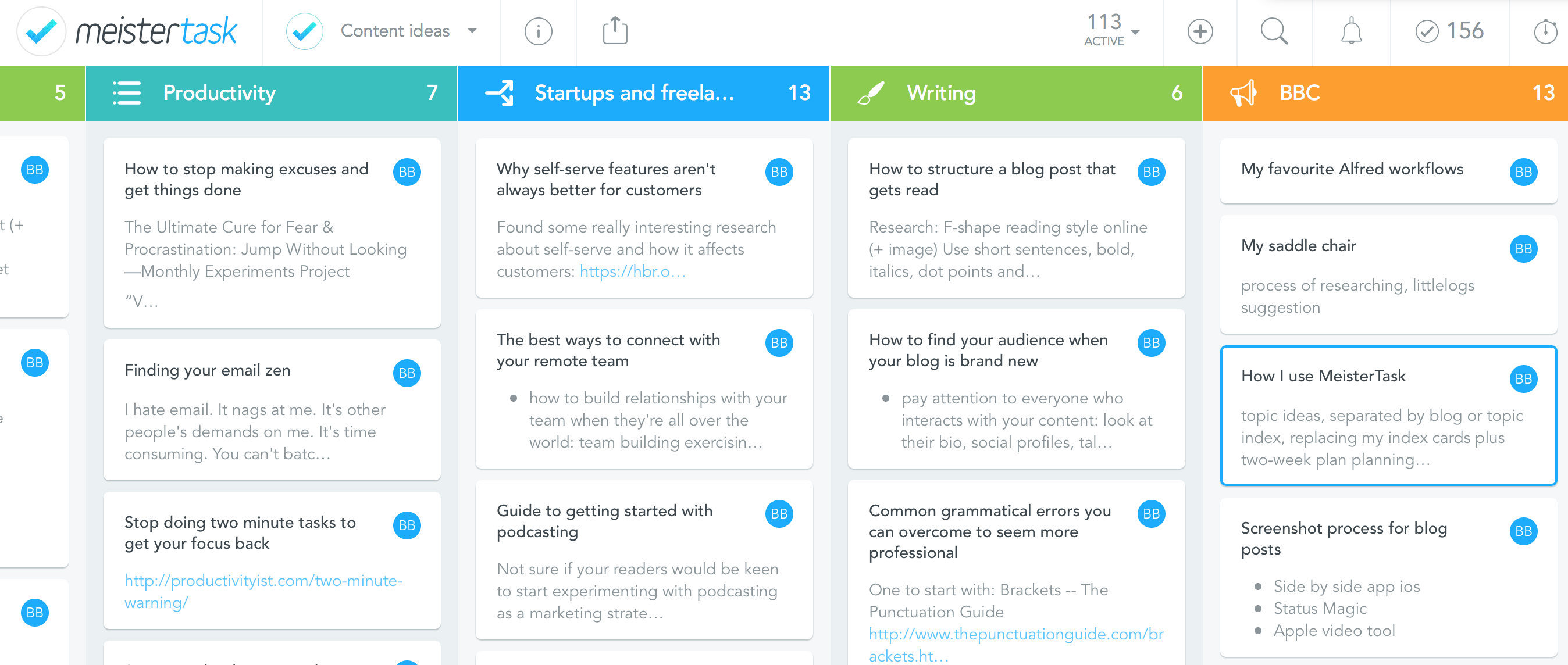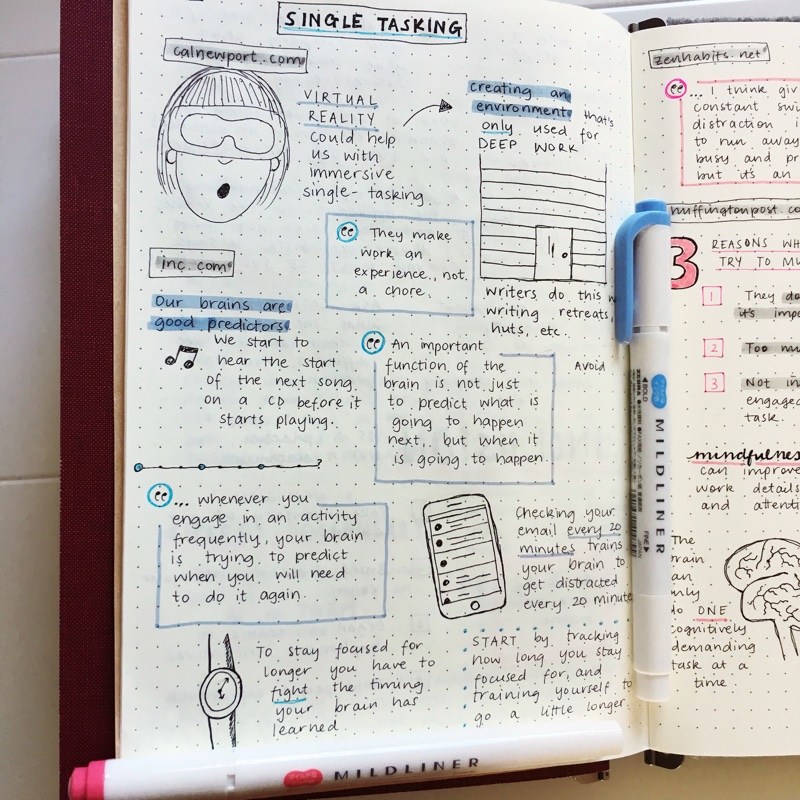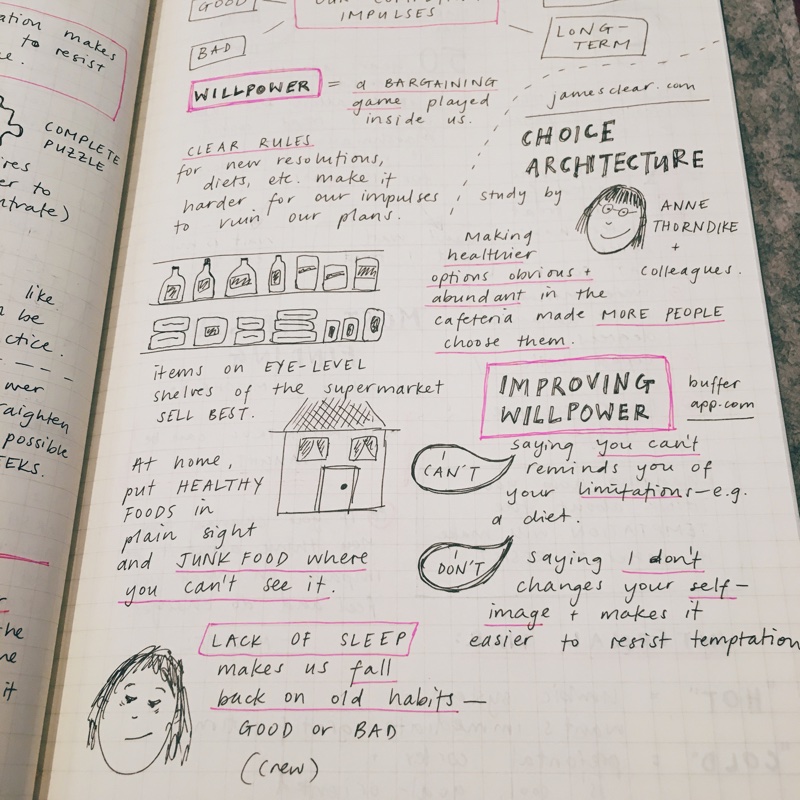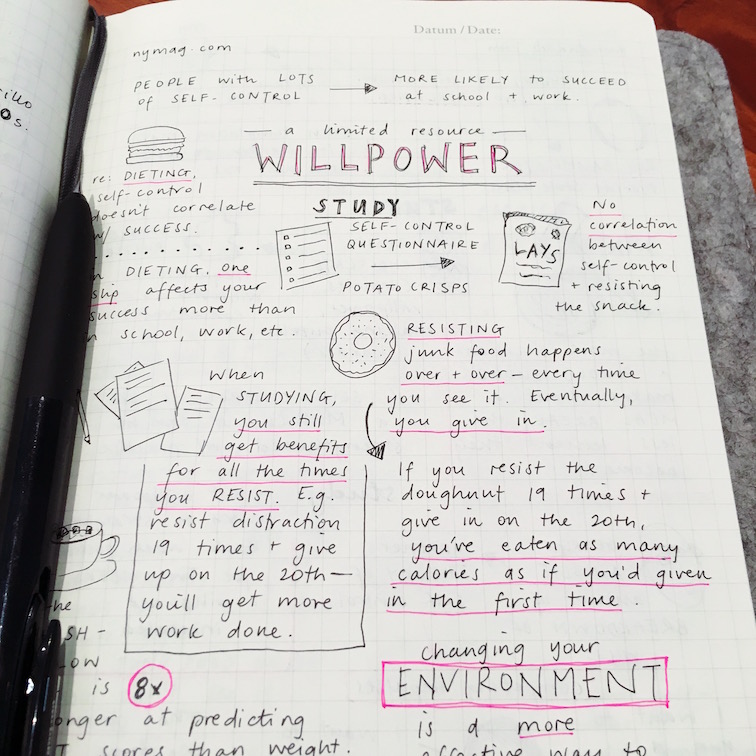During one of my interviews for the role of Buffer’s first Content Crafter, Buffer co-founder Leo asked me how much content I thought I could produce in a week. I thought about the kind of content he’d been producing for the Buffer blog, and my own writing process, and guessed that if everything went well, I should be able to create one article per day—or five in a week.

Not once did I ever write five articles in a week—at Buffer or anywhere else.
I don’t know what strange ideas made me think I could write a full article in a day, every day. Probably the planning fallacy, which makes us all chronically underestimate how long our tasks will take.
One time I did manage to write four articles for Buffer in a week, but I was mentally exhausted when that week was over.
So, with a little background, you now know why three articles per week is my preferred schedule. With a regular roster of freelance clients needing new content for their blogs, and my own software company needing content marketing, there’s no shortage of work for me to do.
Because I’m doing the same type of work so consistently, I’ve been able to come up with a process that works for me. I’ve adjusted this over time, but so far this is the most efficient way I’ve found to plan, research, and outline new articles.
Collecting ideas
I try to collect ideas before I need them. Whenever it’s time to plan the next few articles for a client or one of my own blogs, I dread being stuck with a sheet of blank paper. It’s much easier to have lots of ideas to bounce off, even if I don’t use any of them.
I use RSS feeds to keep up with blogs I like and find new ideas. RSS has been the most consistent way for me to keep up with new content, especially from bigger media sites or blogs that publish often.
RSS works like an email inbox—everything’s there waiting for you, and it won’t disappear until you mark it as read. Unlike social media feeds, I never miss articles from my favorite blogs, and I never come up short for something new to read.
I use Larder, a bookmarking tool from my own company, to save articles or research papers that might come in handy later. Even if I don’t have a specific article idea in mind, I try to hang onto any research that I might want to use in the future.
I tag everything I save so I can easily search for a topic months later when I’m writing about it, and find everything I’ve previously saved that might be useful.
I also use MeisterTask to save specific ideas for articles I might write in the future. Often I’ll see an article or a study that sparks an idea, and create a new card in MeisterTask for the article, with the link as a comment so I can use that original article or paper when I get around to writing.
MeisterTask’s visual layout is really handy for separating my ideas. I use different columns for different types of topics, like productivity, startups and freelancing, or health and fitness. Then, when I’m brainstorming article topics for a client or blog, I can look through only the columns that are a good fit for that audience, rather than looking through my entire list of ideas, even though lots of them are irrelevant.
The content marketing research process
Once I’ve chosen an article topic, the main chunk of my pre-writing phase is research. In almost every case, I follow a very similar pattern that goes like this:
- Open and read any links I’ve saved with the topic idea
- Rough out in my head what angle I want to take, so I know what research to look for
- Start googling
- Skim everything I find that might be useful, cull anything I don’t want to use
- Repeat steps 3 and 4 until I have enough useful material
- Read and take notes
Let’s break down that process a bit more.
First, it makes sense to start with any articles or research papers that inspired the idea. I reread anything I saved along with my topic idea, and remind myself of the original inspiration. This also helps me figure out what angle I want to take for the topic.
For instance, I’ve approached the topic of remote working from various angles in the past, and there are likely more angles I haven’t thought of yet:
- How to find the perfect remote working setup for you
- When remote doesn’t work
- How to build strong relationships in a remote team
- 3 commonly overlooked problems with remote working, and how to overcome them
So there are usually multiple angles I could take, and I need to figure out which one I like best before starting my research. Having said that, I’ll sometimes find some awesome information during my research that makes me switch angle. But I like to have at least a rough idea of what I’m looking for before starting my content marketing research.
Next, I start searching. I usually start out with simple Google searches, looking for any articles that sound useful. Later, if I’m looking for links to studies specifically, I’ll use the same search terms in scholar.google.com to find research papers.
I always look for sources I know are reliable. If I’m looking for stories of personal experiences, personal blogs are perfect. But if I’m looking for psychological research, however, I’ll look for reputable scientific publishers.
If I’m ever not sure whether I can trust a site, I’ll take a look at an article and make sure it has sources to back up its points. Then I’ll check out the original sources for myself to see if they are reliable, and if they’ve been represented accurately in the article I found. Whenever possible, I rely on original sources rather than other people’s representations of the original information.
Plan to perfection.
Get started with MeisterTaskI go through the same process over and over: I open any links in my search results that seem useful, skim through them, and leave open only the ones I want to come back to. If I open a link and find an article that doesn’t back up its claims, or doesn’t offer anything unique on the topic I’m researching, I close it and move on. I might open eight links, skim them all, and only keep two. Then I repeat the same process. This time, I might open six new links, and keep four. Eventually, when I feel I have enough information in all the links that made the cut, I get down to the business of reading and note-taking.
This is the part of my process I’ve changed the most. Initially I had a very inefficient setup where I would constantly switch back and forth between the articles I was reading, and my rough draft. You might have heard of this idea in school: to ensure you’ve learned an idea, rather than simply memorized it, write it down in your own words, instead of copying it straight from a book.
I use this approach in my writing. I read an idea in an article or paper, then I write it in my draft straight from memory, adding my own style as I go. This is the main thing people like about my articles: I read and understand the information, then explain it as clearly as I can. But, of course, I always have to copy quotes exactly, or check that the information I’ve written from memory is correct, or refresh my memory when I can’t remember exactly what I wanted to write.
So I was forever switching context: reading, thinking, writing, fact-checking, writing, reading. It was not only inefficient, it was frustrating. I used to dread drafting articles, because it didn’t feel like writing at all. There was no flow.
Recently, I came up with a new approach. This one takes a bit longer, but it makes the process of drafting an article less painful, and a little quicker.
What I do now is bust out a paper notebook and a bunch of colored pens and highlighters. As I read, I create sketchnotes—notes full of doodles that explain the concepts I’m writing about. Studies have shown handwriting notes and drawing both help us memorize better than taking notes on a computer. Plus, creating sketchnotes is really fun.
This is definitely the most fun process I’ve found for researching. It also means the information seems to stick in my head a lot better. I often flip back through my notes while drafting to check facts, copy out quotes, or remind myself of points I wanted to cover, but the context switching is a lot less painful than scrolling through a bunch of articles to find what I’m looking for. And I don’t have to check my notes as often as I used to.
These days, drafting an article is a more relaxing process, which makes for higher quality work.
Creating an outline
Finally, when all my content marketing research is done, I create an outline. I’ve written articles without outlines in the past, and always found it’s more difficult, and they often just end up in a mess while I’m writing. An outline, for me, usually doesn’t have a lot of structure, but just enough that it stops me from wandering off on tangents while I’m writing.
I always start with a (very rough) working title. This is important, as it gives me an idea of the main point of writing the article in the first place. It tells me why this article would be interesting to a reader, and what would make them click on it if they saw the headline in their Twitter stream or Facebook feed.
After the title, I write out very descriptive subheadings for each of the main sections of the article—usually between three and six sections. While super-descriptive subheadings don’t work for the style of every blog, they help me enormously during the drafting process in the same way a working title does: they remind me of the point of each section, and help me to steer my writing in the right direction.
Finally, each section of the article will get a few words or sentences on what I want to cover. For instance, for this very article, in the first section on collection ideas, I wrote this in my outline:
rss
larder
meistertask
That was it. But it was enough for me to know what I’d planned to cover, and make sure I didn’t miss anything.
I don’t always stick perfectly to an outline, but I rely on it to give me a framework to work within as I start the very messy, rough process of a first draft.
And finally… the writing. Well, that’s a whole other post (or perhaps a whole book). But I’ve always found the pre-writing phase of creating new articles is the most mysterious, so hopefully I’ve illuminated my own process for you somewhat!
Organize your content marketing.
Use MeisterTask
